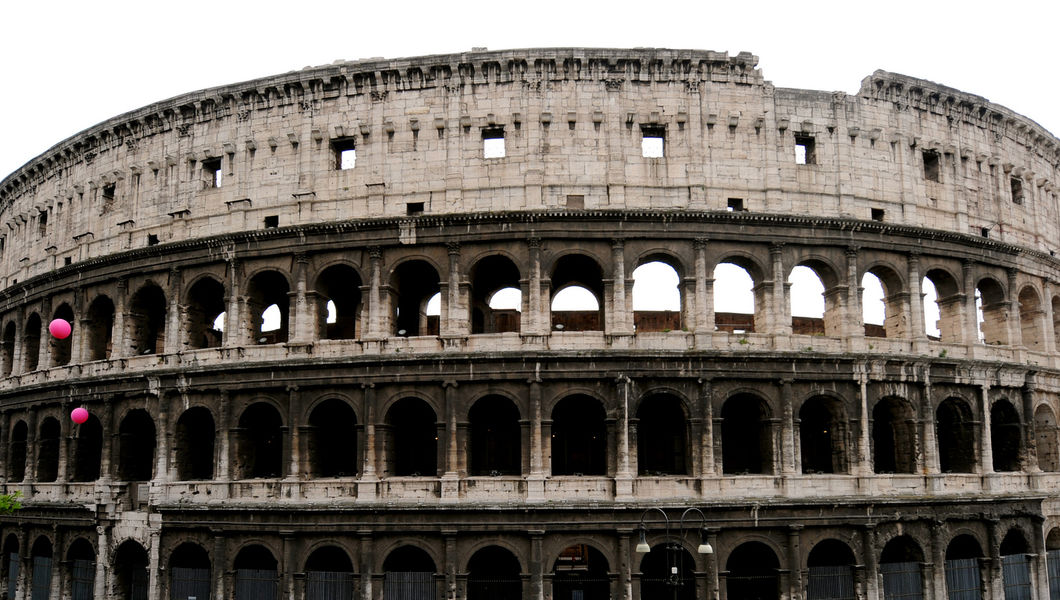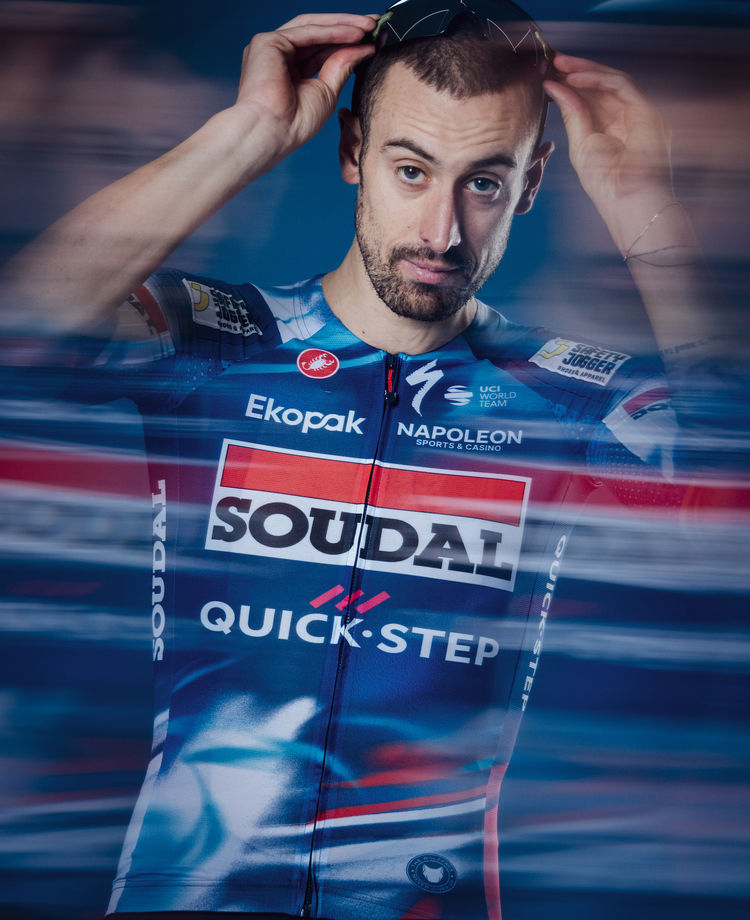70 ITT kilometers and seven summit finishes for the 106th edition, set to take place place between 6-28 May.
Over 3400 kilometers and more than 51 000 vertical meters spread over 21 stages will make for what promises to be – on paper, at least – an appetising and attritional edition of the Giro d’Italia, one that will seriously test the riders, especially in the third week. The sprinters will have their chances next May, albeit a limited number, with the spotlight next year on the all-rounders and climbers.
Starting from Abruzzo and concluding in Rome (for just the fifth time in history), the route of the Corsa Rosa will be a balanced one, with 70.6 individual time trial kilometers – after just 26.2 kilometers at the 2022 edition – and plenty of climbing. Campo Imperatore, Crans Montana in Switzerland (the only foreign country visited by the peloton), Monte Bondone, where the legendary Charly Gaul wrote history in 1956, and the gruelling Tre Cime di Lavaredo are all set to feature on the route and weigh heavily on the outcome, together with the ITT stages in Abruzzo, Romagna and Monte Lussari.
In my opinion, it’s a beautiful and demanding Giro d’Italia.
“The individual time trials in Ortona and Cesena will make the first two weeks of the race quite balanced, before what will be a tough third week, with a lot of long and excruciating climbs. No matter how big the gaps in the general classification will be at that point, the Giro won’t be decided, as many things can happen in those last mountain stages. I know many of the roads on the parcours, as I have trained there a lot of times, and they will give an opportunity to shine to different riders, making for an exciting race”, said Quick-Step Alpha Vinyl’s Mattia Cattaneo after attending the presentation in Milano Tuesday afternoon.
Photo credit: ©Tim De Waele / Getty Images


